ROSS Rowing Club is marking its 150th anniversary this year and taking stock of how the club was founded.
It has posted how before the sport of rowing, the Wye was a place of work, carrying goods and people through the Marches, bringing iron, cider, coal and timber to and from Hereford.
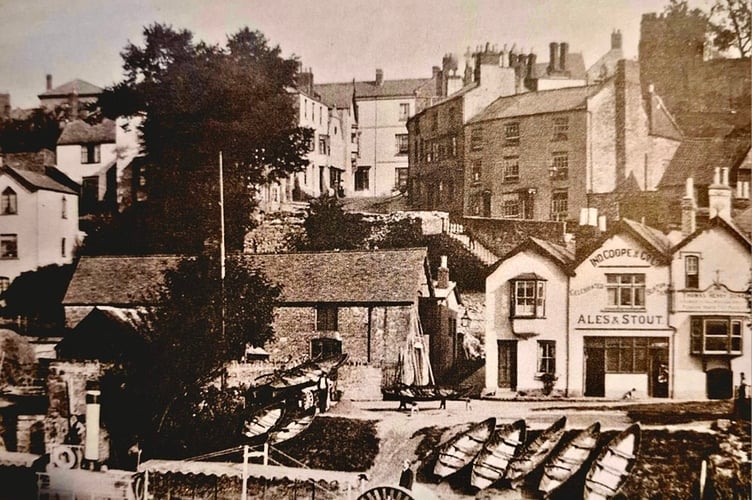
Boats stopped where the Hope and Anchor stands, offloading barrels and crates, ferrying workers and cargo.
Coracles made from willow and tar were still used regularly into the 19th century, particularly by fishermen and traders.
But when steam transport reduced the Wye’s commercial role in the 1830s and 1840s, new forms of river use emerged
Wealthier locals and visitors, drawn by the valley’s beauty, began to explore the river for pleasure.
Sightseeing boats and organised excursions launched from inns like the Hope and Anchor, while rowing began to emerge as an informal activity.
In 1829, a Ross crew travelled downstream to Monmouth and won a race. No photos, no commemorative programme, no mention of colours or crests, but the germ of an idea that the river could be used for sport.
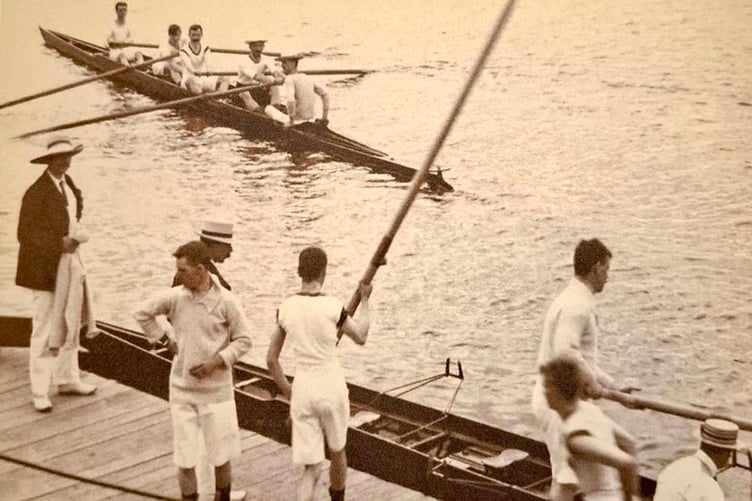
And early regattas became a fixture of Ross’s summer calendar in the 1840s, with the Hereford Journal reporting in June 1842 on spirited racing that drew large crowds to the Prospect and the river banks.
Events included traditional rowing, coracle and tub races, with spectators standing shoulder to shoulder at the Royal Hotel to get a clear view, and the winning boat awarded £3, equivalent to around £450 today.
Brass bands, teetotal tents, and fireworks also featured. And by the 1860s and early 1870s, the number of regattas and official clubs — Hereford, Worcester, Evesham — grew and a more structured version of the sport emerged.
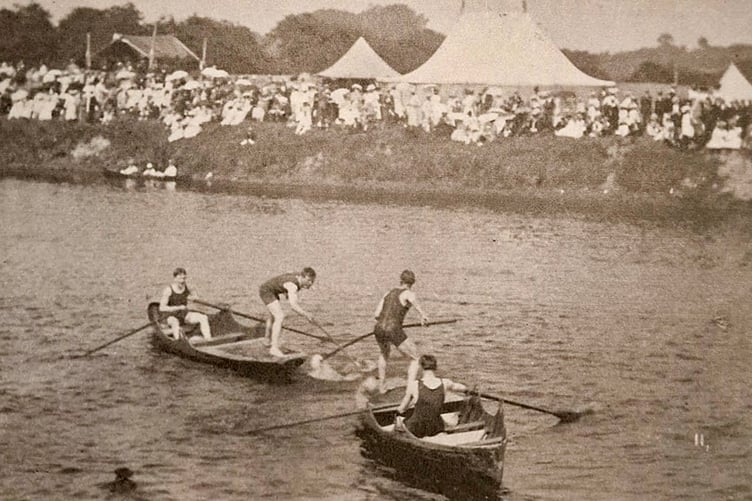
As the river’s cargo boats disappeared, and leisure time became more common for the professional classes, rowing filled the gap.
The Hope and Anchor’s riverside location and slipway made it a natural hub, and landlord, Henry Dowell, who was also a boatbuilder, offered equipment and support, with the pub effectively serving as the club’s headquarters.
It wasn’t just a place for a post-row pint – it was where the boats were built, stored, launched and discussed.
And from that in 1875, Ross RC emerged, the transition to a structured club seeming to happen gradually, driven by necessity – events needing planning, equipment storing, members coordinating.
Early membership was narrow – doctors, teachers, landowners, those with the means to row as a pursuit rather than a profession.
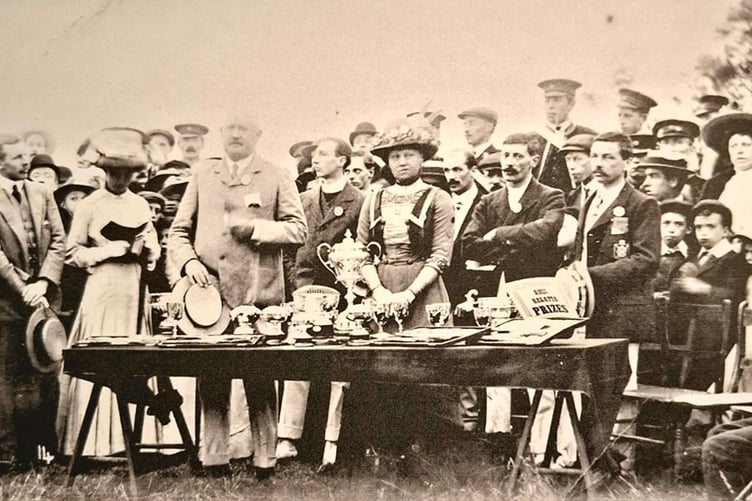
This was reinforced in 1882, when the Amateur Rowing Association was established – its definition of “amateur” explicitly excluding anyone who made a living from manual work.
Ross affiliated soon after, with regattas becoming regular, uniforms introduced and members sporting club caps and ties.
It was around this time that the August Bank Holiday Regatta became a fixture, with thousands flocking to the riverside.
Posters from 1884 list races for sculling boats, coracles, pairs, canoes and even a “tub tournament”.
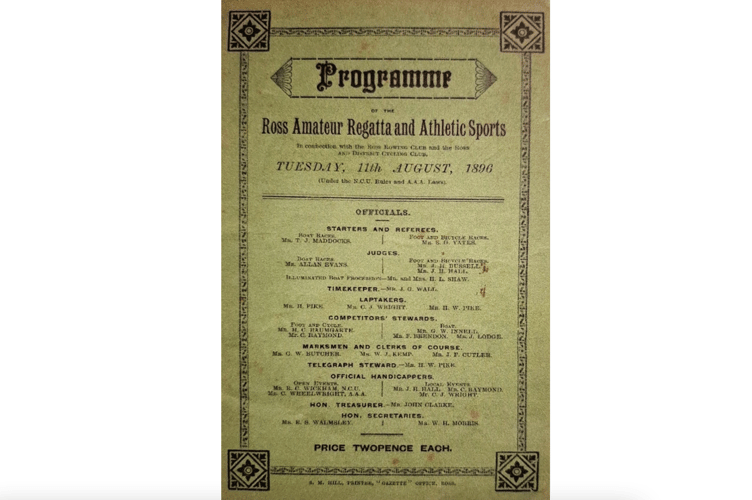
Athletic competitions were added, including foot races, a tug of war, and a donkey race.
The King's Shropshire Light Infantry Band provided music, while sixpence gained access to the field, with an additional charge for the Ladies’ Enclosure.
By 1896, the regatta had a full printed programme, events and prizes, and the whole town turned up.
And the new century beckoned, when the club would establish its own clubhouse.
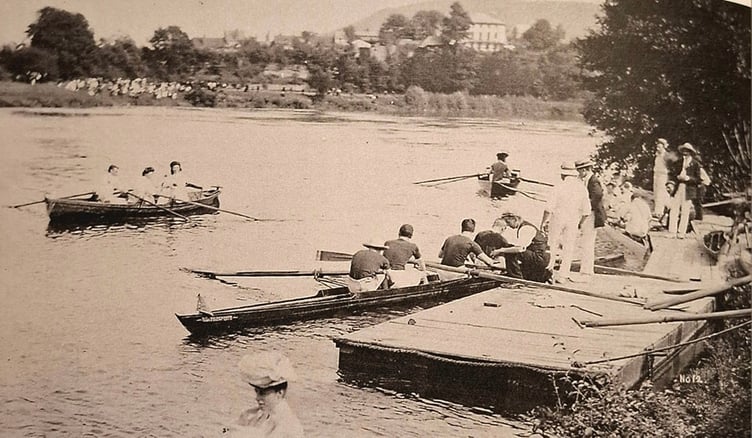
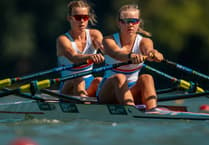
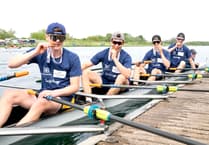

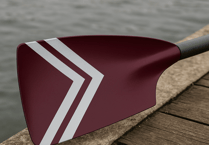
Comments
This article has no comments yet. Be the first to leave a comment.